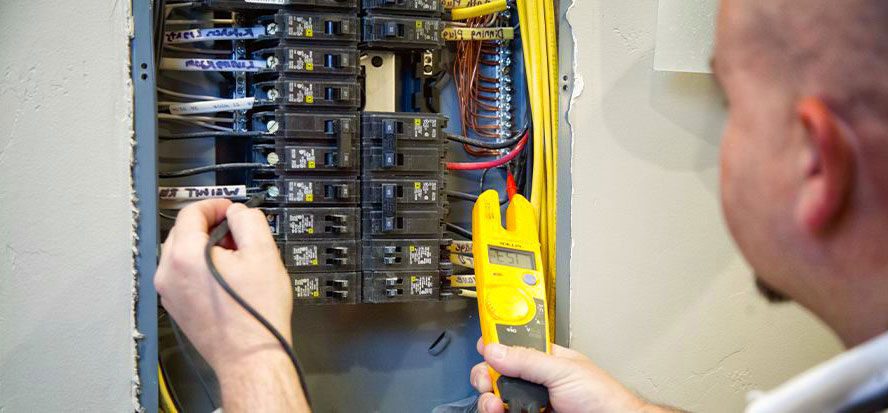The key to understanding electricity lies within the atom. The atom is the building block of all other matters. An atom is made up of three parts: protons, neutrons, and electrons. Electricity is built off the actions of electrons. The word electron (as well as electricity) comes from the Greek word “elektor,” meaning “beaming sun.” Electrons are the part of the atom that moves around the nucleus (which is made of the protons and neutrons) in a manner similar to the way the moon revolves around the Earth. The flow of these electrons is called an electrical current.
An atom can be either positively or negatively charged, depending on the balance of protons and electrons. Protons are positively charged and electrons are negatively charged (neutrons are neutral). Every atom starts with an equal number of protons and electrons. However, when an atom rubs against another material, it can lose or gain electrons. If the atom, has more protons than electrons, it is positively charged. If it has more electrons than protons, it is negatively charged.
Positive and negative charges attract each other, causing the electrons to flow between the atoms. The more positive and negative charges you have, the stronger the flow. Since the time of Benjamin Franklin’s experiments with lightning and kites (1706-1790), humans have worked to harness this flow of electrons to create electricity. In order to use the electrical current, you need a source of electrons, a path (or circuit) for the electrons to follow, and an object for the electrons to power. When all three are in place, electricity can be used to help accomplish daily tasks.


